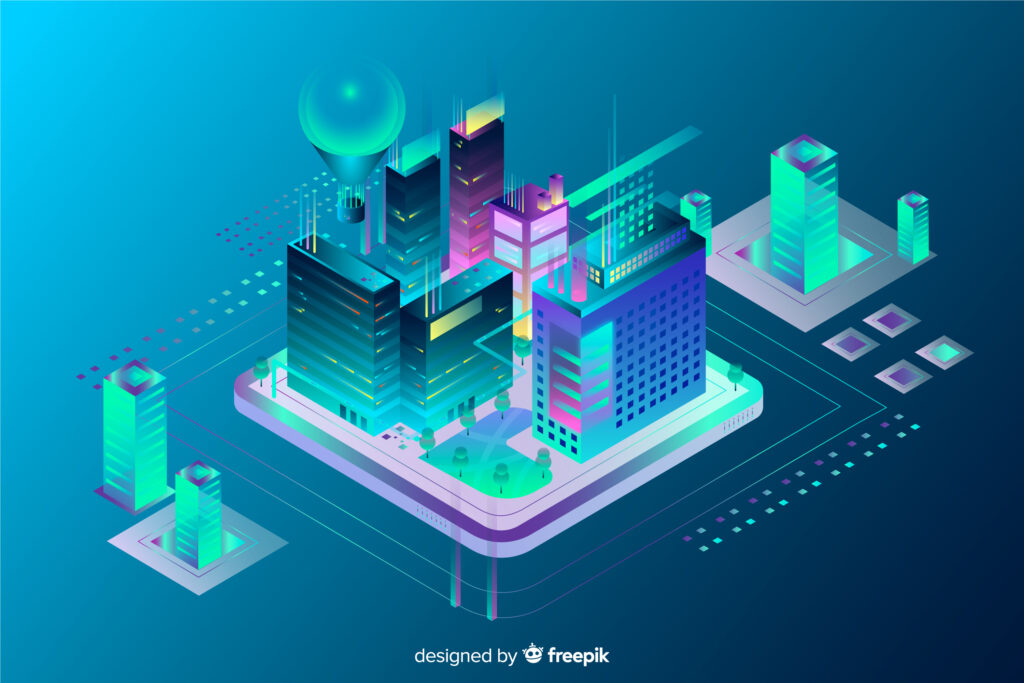
Smart City is a largely used term and more and more cities are being defined as smart. Despite so, a universally accepted definition of smartness for a city does not exist. On the other hand, the very element from which the term smart cannot be separated is technology, and technology means data. Nevertheless, other elements very often attached to the concept of smartness are sharing and collaboration. Thus, we can already see how Snowflake starts fitting into this contest. (If not, I suggest taking a look at my previous article Breaking Down Data Silos Embracing Snowflake ???? ).
What is a Smart City?
Despite a single definition of a smart city does not exist, we can start with one provided by the European Commission:
A smart city is a place where traditional networks and services are made more efficient with the use of digital solutions for the benefit of its inhabitants and businesses.
In this definition we can identify three main elements:
- Established infrastructures and services
- Technology
- People
And they are the starting point, the means and the goal. A city is smart if it can exploit data and technological tools to have a positive impact on citizens’ lives. A lot more dimensions can be integrated with this definition. As so, nowadays a smart city should:
- enhance the quality of life
- promote sustainability
- ensure social inclusion
- fortify the city’s resilience in the face of challenges.
Data, Sharing and Collaboration as Cornerstone
The reality of a city is complex and numerous social actors interact in its context. Simplifying a social actor is a word referring to any individual, group or organization with agency and objectives which operate within an environment. Some of the most relevant actors include:
- citizens
- government and municipal authorities
- businesses and corporations
- transportation providers
- educational institutions
- …
In the urban context, social actors share a common space as well as services and infrastructures and collaborate to reach their goals. As soon as technology mediates those actions and interactions, they require and produce data.
Let’s think about what is necessary to enable smart mobility. Traffic is influenced by how amenities and buildings are located. This would affect the time and area where traffic jams occur during the day. Also, road and weather conditions influence traffic, and we could extend the list at will. Moreover, all of these data are usually detained by even more providers and actors than the sources they are collected from. Finally, users of transportation services, which may be either public or private, represent another party involved in the process.
In light of this, we can see that the only way to gain a general overview of the city is to abstract all of this interaction among actors with a layer of integrated data. This would allow the creation of a solid decisional foundation to promote long-term smart policies.
Which Factors are Slowing Down the Smart City transition?
As cities strive to become smarter and more connected, they have to face several obstacles. Key issues include security concerns, lack of comprehensive long-term strategies, and data regulations.
Security Concerns:
Cities often rely upon already established on-premises solutions to avoid this. However, connecting these systems seamlessly is challenging when security comes at hand. Nevertheless, the integration process can be extremely expensive and not scalable when compared with cloud-based solutions.
Lack of comprehensive long-term strategies:
The dimensions along which a city can be made smart are numerous. For example, Assolomabarda (the association of industrialists in the Metropolitan City of Milan) identified 9 areas of intervention: health, Mobility, Public Administration, Security, Human Capital, Energy, Environment, Tourism and Social Innovation. As such, without an all-encompassing strategy, which underlined a precise idea of the city, it is not possible to act efficiently and effectively.
Lack of Regulations:
Rapid technological evolution has outpaced the establishment of comprehensive regulations, especially evident in areas like micromobility. The absence of clear regulations raises concerns about the correct implementation of a sharing and collaborative technological framework between different social actors.
Here we are: Snowflake!
In the context of creating a smart city, where technology, data sharing, and collaboration are vital, Snowflake emerges as a great tool for enabling the seamless integration of diverse data sources.
On one hand, Snowflake provides a flexible cloud solution having collaboration and sharing as critical elements. On the other hand, security is not left behind as cross-cloud data governance is easily exploitable.
Transport for Greater Manchester: a real use case
Transport for Greater Manchester (TfGM) has embraced a smart technological shift by partnering with data warehouse specialist Snowflake to enhance public transportation coordination. Snowflake’s cloud-built data platform enables TfGM to efficiently aggregate and analyze crucial mobility data from Greater Manchester’s extensive transport network, supporting real-time insights into commuter patterns.
Since migrating to Snowflake, TfGM has gained the freedom to ingest data, extract insights, and focus on business value rather than data infrastructure concerns. For instance, Snowflake’s flexibility and scalability allow TfGM to run micro simulations, extract travel patterns, and optimize services during busy events such as concerts and football matches.
You can find out more here!
Conclusion
In summary, the evolving concept of Smart Cities emphasizes technology, data, and collaboration. Snowflake, exemplified by Transport for Greater Manchester, plays a vital role in overcoming challenges, fostering efficiency, and contributing to the realization of smarter urban environments. As cities progress, embracing advanced data solutions like Snowflake becomes essential for a connected and innovative future.





